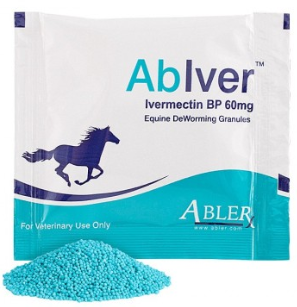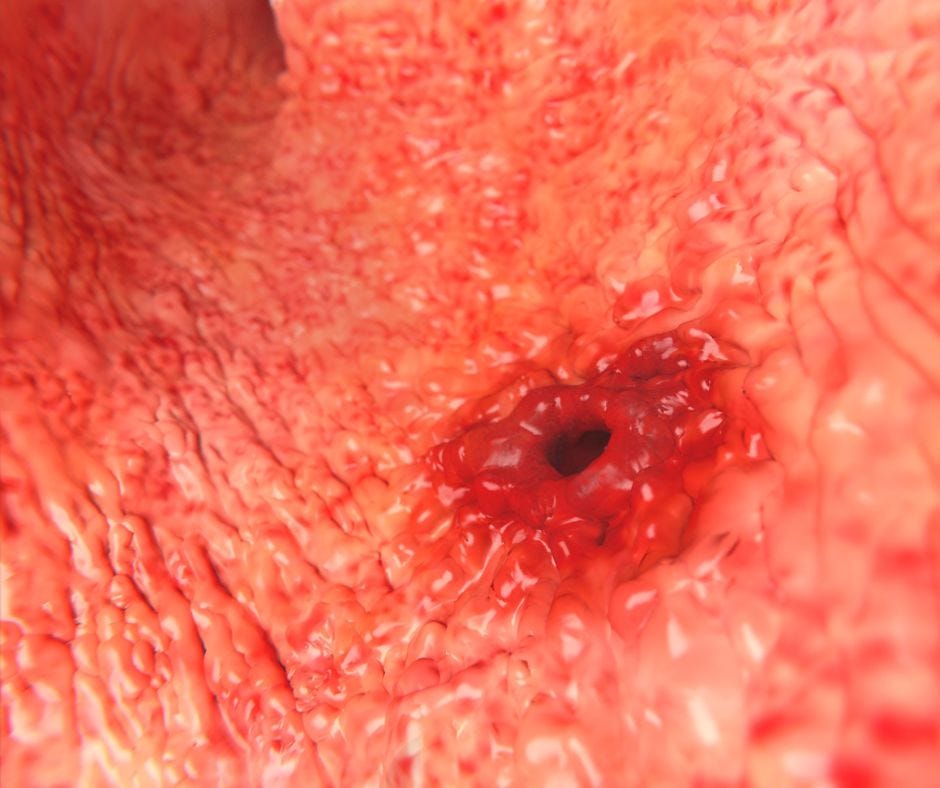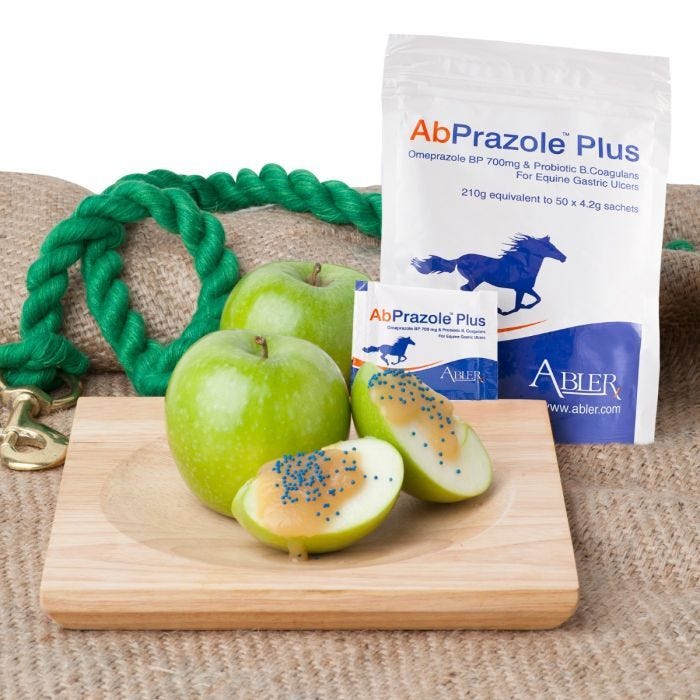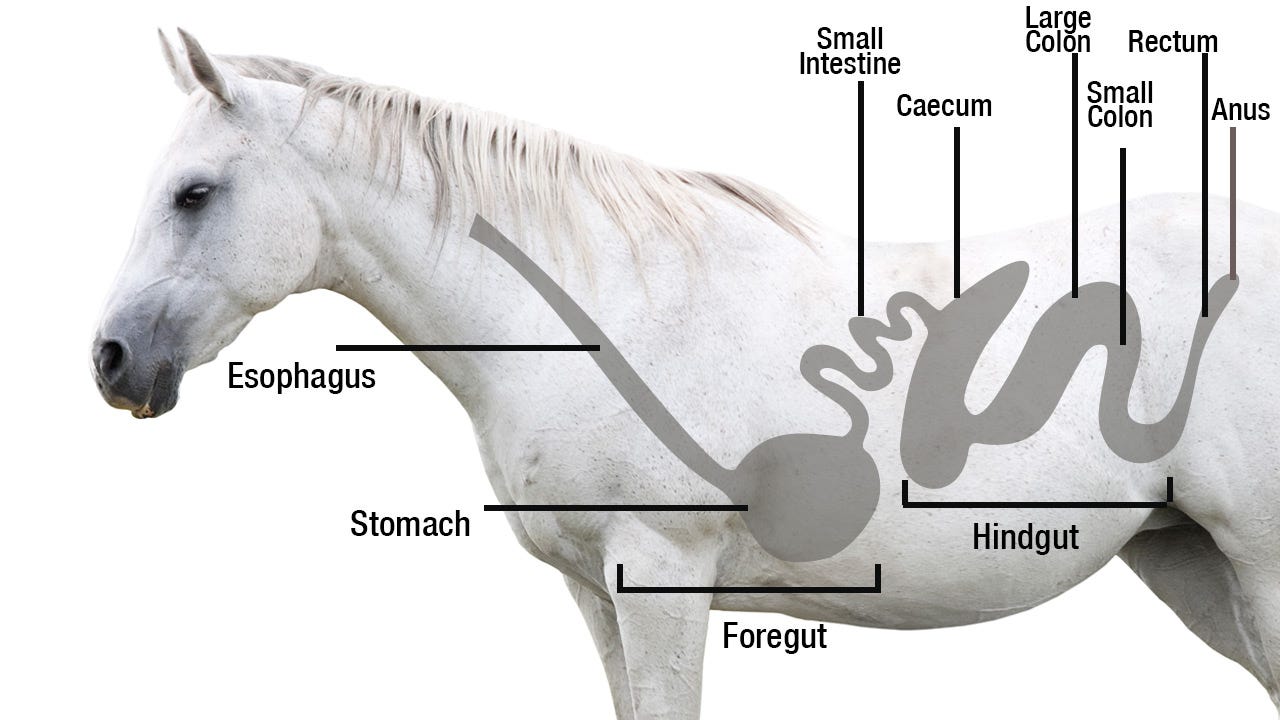We use cookies to make your experience better. To comply with the new e-Privacy directive, we need to ask for your consent to set the cookies. Learn more
Horse deworming in spring- Fecal Egg Count
Horse deworming in spring - start with a Fecal Egg Count (FEC)
The first thing that people do to protect horses from parasitic attack is deworming. However, there is another very important aspect that needs to be done to protect horses from parasites, and it is fecal egg count.
FEC v Quantitative analysis
Fecal egg count is the process to measure the horse's vulnerability to the parasites and gauge the efficacy of the deworming program. Through fecal egg count, one can measure amount of strongyle eggs a horse passes with each gram of manure. The basic qualitative test takes place with the known quantities of feces and the floating solution. Another way to do the fecal egg count is by quantitative analysis. The quantitative analysis finds out the precise number of eggs of parasites in every gram of the feces, via a controlled procedure of sampling.
The main difference between the two processes is that qualitative test only identifies whether parasite eggs are present in the horse's body or not. The quantitative test defines even what type of parasites present in the horses body. The basic quantitative test starts with the known quantities of feces and suspended solutions. The main target of the horse owner is to utilize as little a dose as possible and get the maximum effectual control.
POST FEC choosing the right dewormer is important
This process is extremely important to determine the parasite effect inside the horse's body. After conducting a fecal egg count, the veterinarian can determine the exact deworming chart. For a horse, having more than 200 epg (eggs per gram of manure) indicates the strong presence of pathogenic strongyle burden. The general recommendation says even if a horse has less than 200 epg, it is advisable to go for tapeworm and encysted red worm treatment once a year to protect horses as these are not sensitive to worm egg counts. Deworming agent containing Ivermectin and Praziquantel is a broad spectrum wormer ideal for tapeworm.









Validate your login